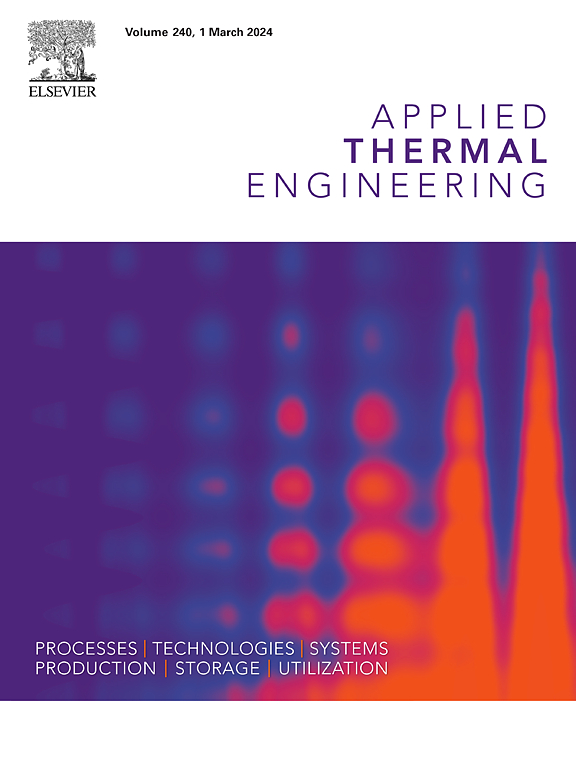一种用于机器学习的探索性数据分析和预处理ASHRAE数据库的综合方法
IF 6.1
2区 工程技术
Q2 ENERGY & FUELS
引用次数: 0
摘要
热舒适预测是建筑节能和居住者舒适的关键。ML方法通常用于预测热舒适。本研究提出了一个全面的探索和预处理ASHRAE数据库的过程,提供了一个包含107,583条热舒适观测记录的大量数据集,以创建可以估计Fanger的PMV的ML算法。通过文献中最详细的清理和预处理阶段,包括缺失值的输入和异常值的管理,最终数据集减少到55,443条记录用于分析。对于实际应用和室内舒适度评估,其估计由于其速度,易用性和成本效益而具有显着优势。本研究旨在通过不同的特征选择和分析方法,探讨哪些参数在Fanger的PMV模型中是重要的,以及哪些变量子集最适合变量选择。Ta与Tr的相关值为0.92,表明两者之间存在较强的相关性。该研究采用特征重要性、SelectKBest、SHAP、P-box和PDP分析,结果一致,建议将前6个元素浓缩为3个,并与包含41,977个条目的中文数据库进行了验证。该研究针对三个参数:Ta, clo和M,使用更便宜和简单的测量设备。为了评估研究绩效的准确性,基于这三个参数建立了RF和SVM模型。结果表明,它们的准确率分别为85%和70%,远远优于传统模型。本文章由计算机程序翻译,如有差异,请以英文原文为准。
A comprehensive method for exploratory data analysis and preprocessing the ASHRAE database for machine learning
Thermal comfort prediction is crucial for building energy efficiency and occupant comfort. ML methods are commonly used to predict thermal comfort. This research presents a comprehensive process for exploring and preprocessing the ASHRAE Database, providing a substantial dataset comprising 107,583 records of thermal comfort observations to create ML algorithms that can estimate Fanger’s PMV. With the most detailed cleaning and preprocessing stages in the literature, which included the imputation of missing values and the management of outliers, the final dataset is reduced to 55,443 records for the analyses. For practical applications and indoor comfort assessments, its estimation offers significant advantages due to its speed, ease of use, and cost-effectiveness. This study aimed to investigate which parameters are important in Fanger’s PMV model and which subset of variables is best for variable selection using different feature selection and analysis methods. The Ta and Tr had a high correlation value of 0.92, indicating a robust link between these two variables. The study employed Feature importance, the SelectKBest, SHAP, P-box, and PDP analyses, which showed consistency and suggested condensing the first six elements into three, and also was validated with the Chinese Database with 41,977 entries. The study targeted three parameters: Ta, clo, and M, using less expensive and simple measurement devices. To evaluate the accuracy of the research performance, RF and SVM models were created based on these three parameters. The results indicated that they have the accuracies of 85% and 70%, respectively, which are far better than the conventional models.
求助全文
通过发布文献求助,成功后即可免费获取论文全文。
去求助
来源期刊

Applied Thermal Engineering
工程技术-工程:机械
CiteScore
11.30
自引率
15.60%
发文量
1474
审稿时长
57 days
期刊介绍:
Applied Thermal Engineering disseminates novel research related to the design, development and demonstration of components, devices, equipment, technologies and systems involving thermal processes for the production, storage, utilization and conservation of energy, with a focus on engineering application.
The journal publishes high-quality and high-impact Original Research Articles, Review Articles, Short Communications and Letters to the Editor on cutting-edge innovations in research, and recent advances or issues of interest to the thermal engineering community.
 求助内容:
求助内容: 应助结果提醒方式:
应助结果提醒方式:


